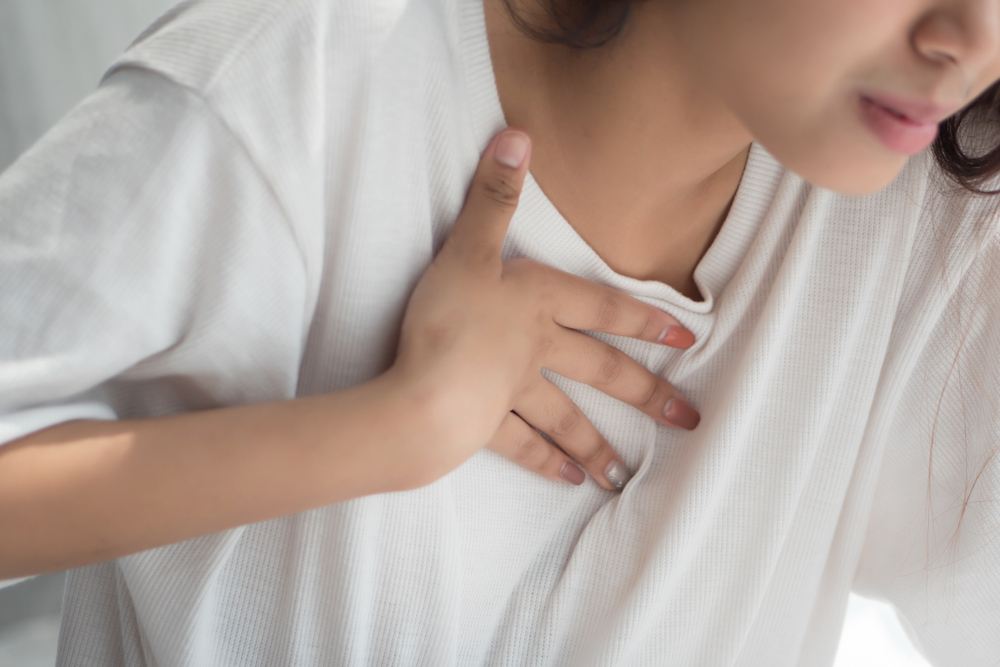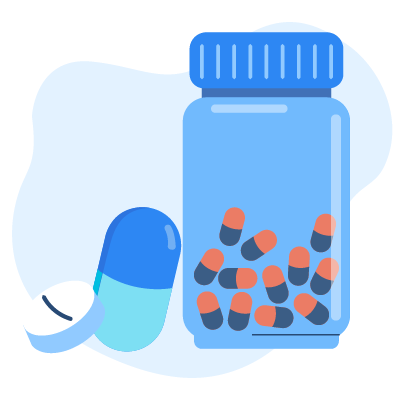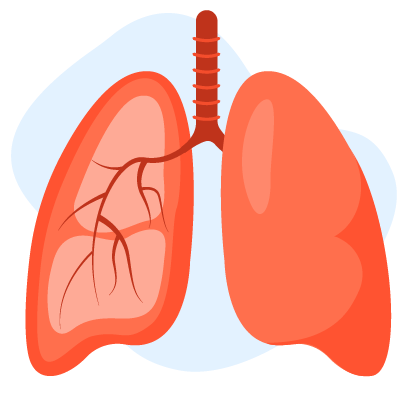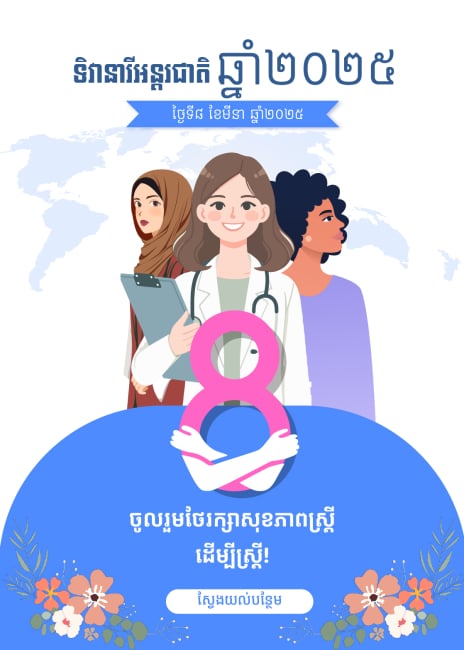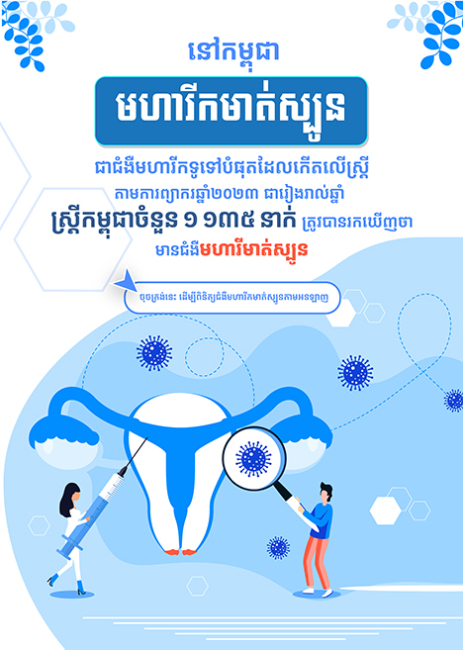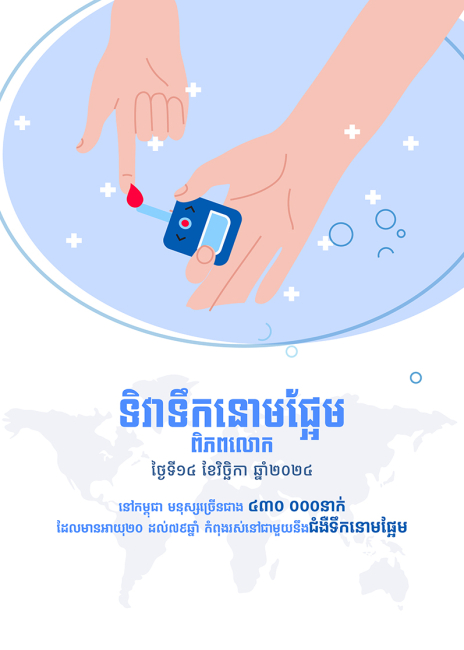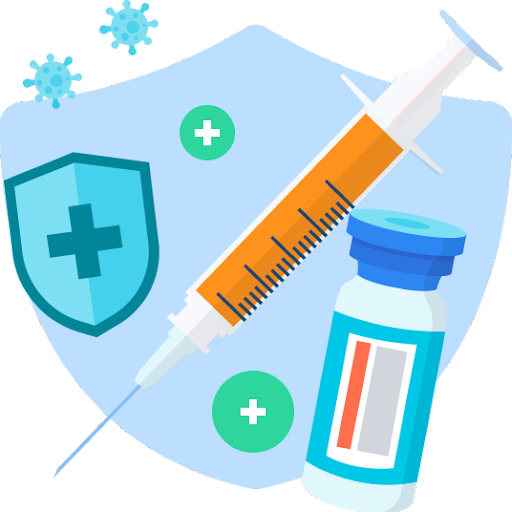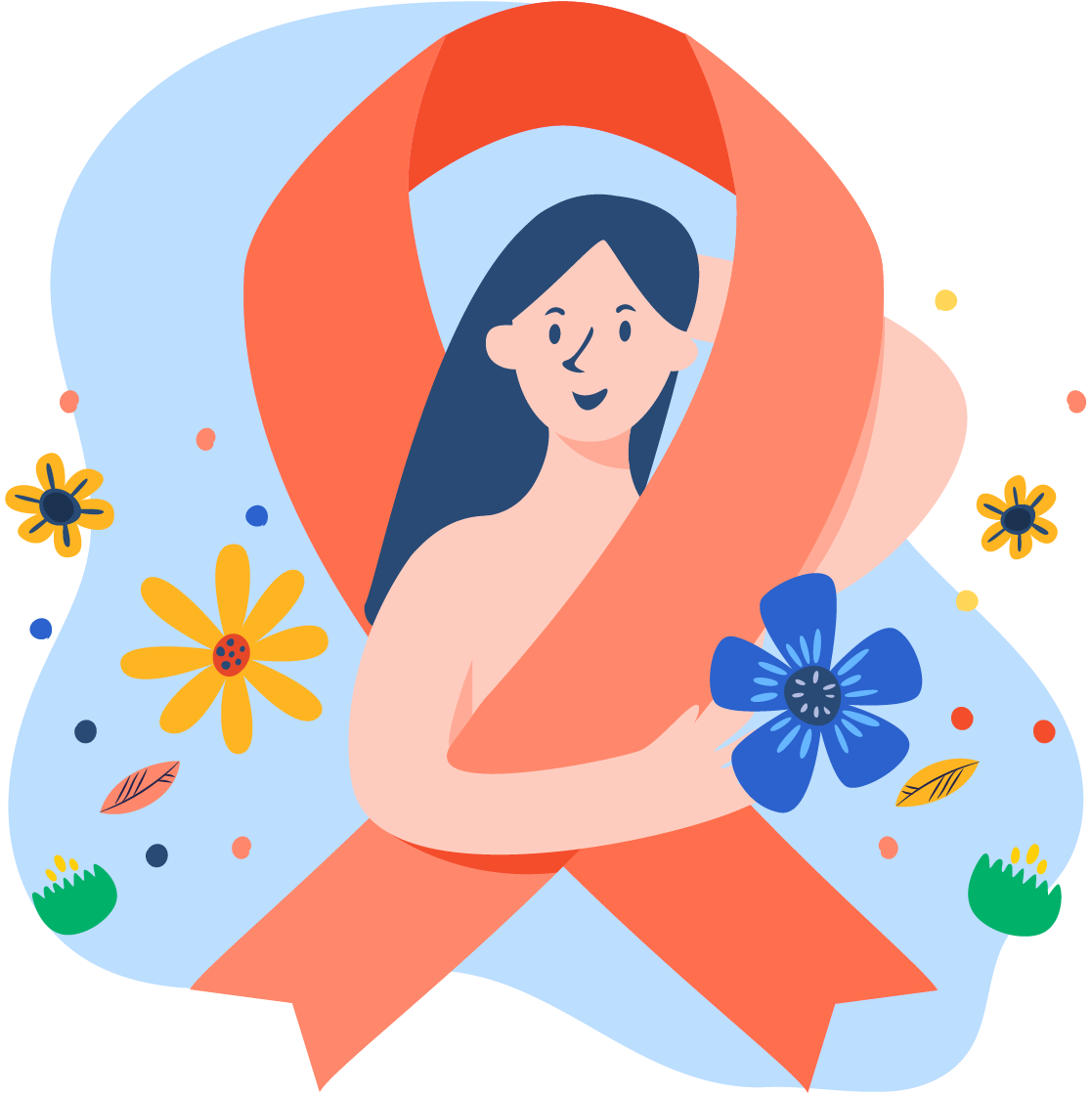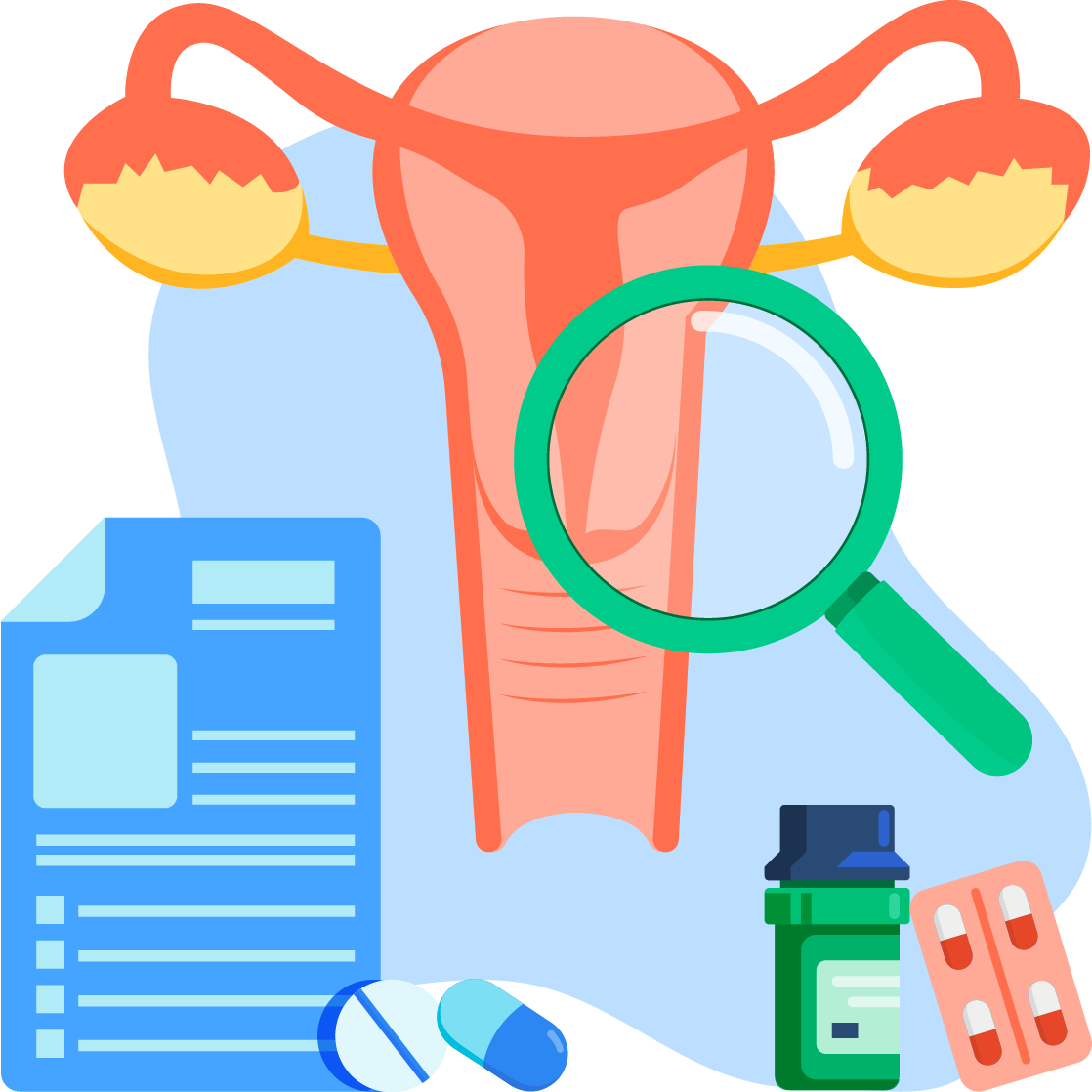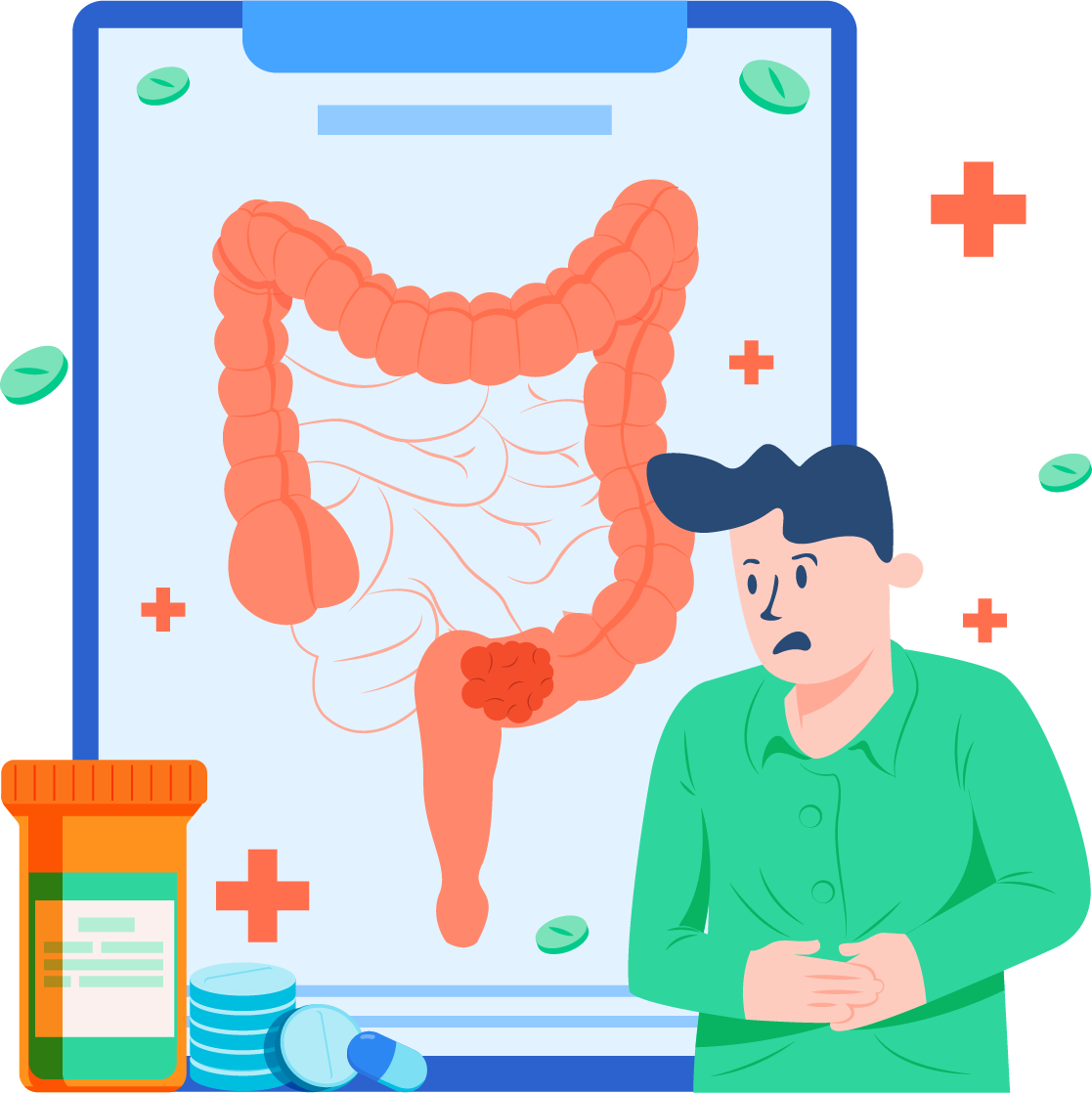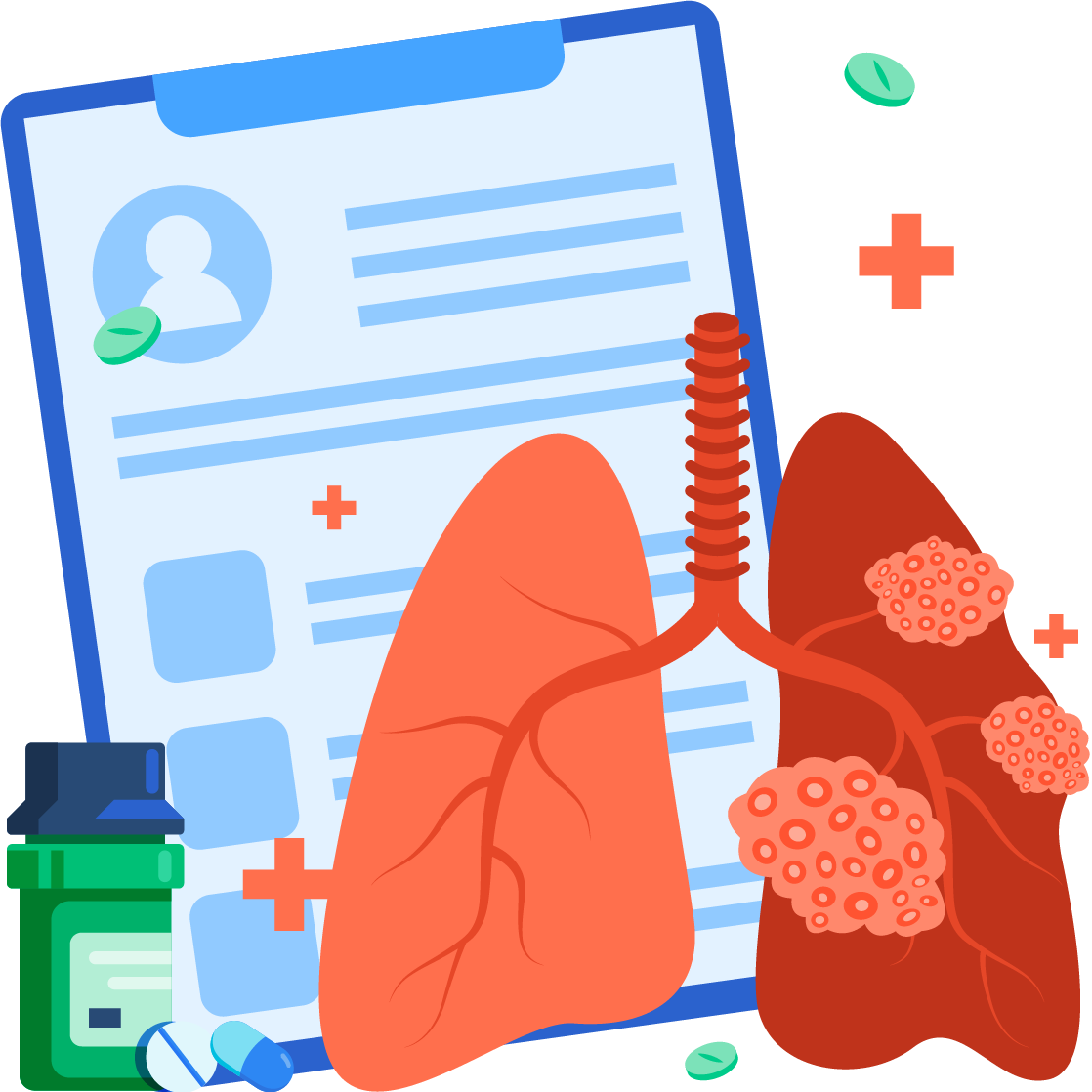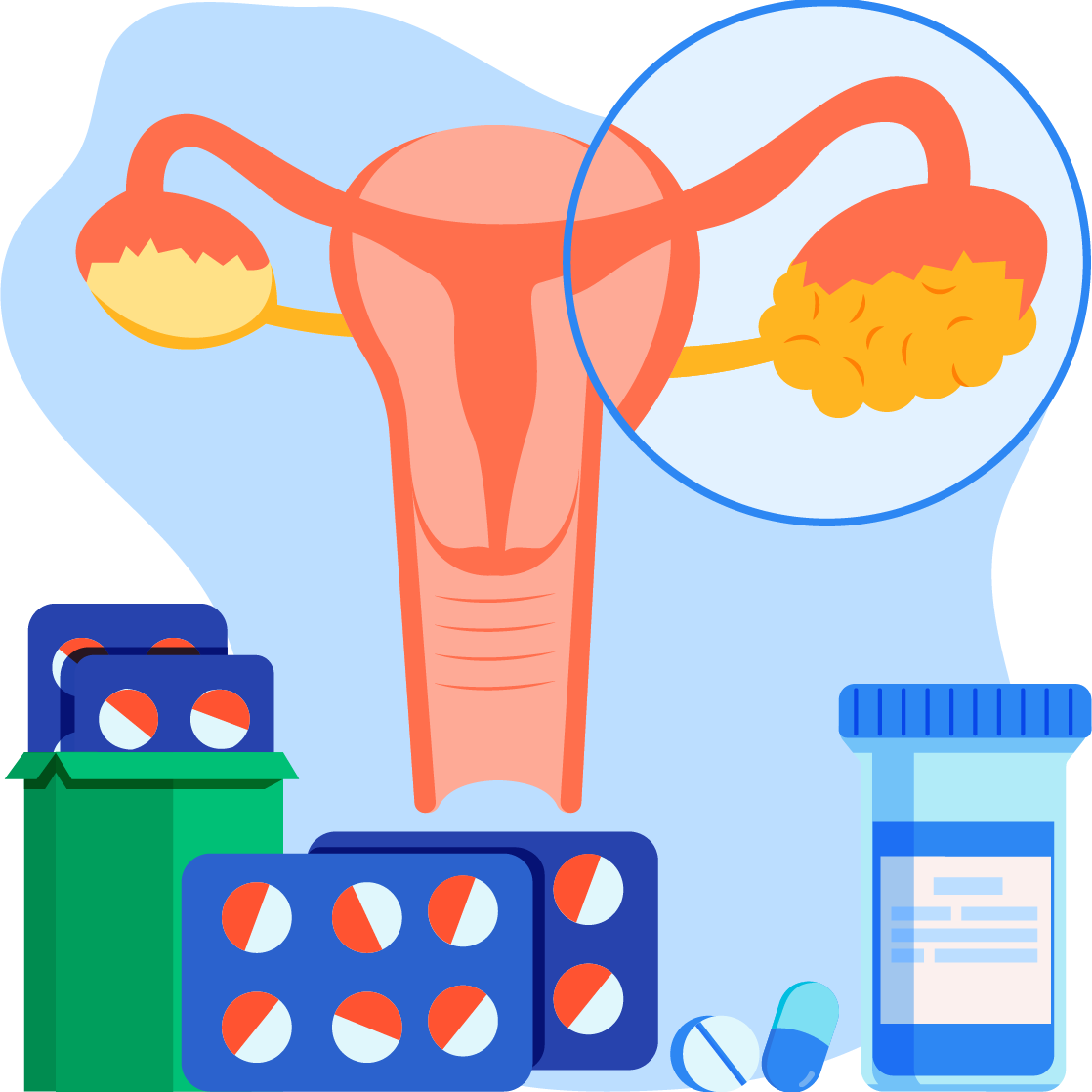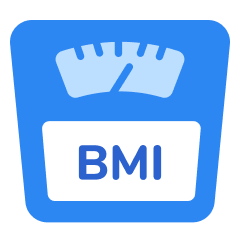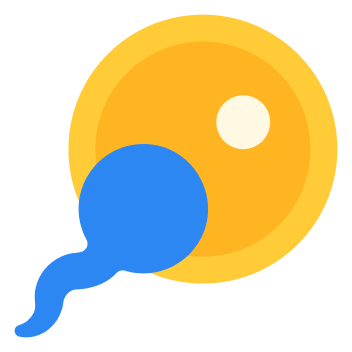និយមន័យ
១- អ្វីជាបញ្ហាឈឺចុកទ្រូងផ្នែកខាងស្ដាំ?
ប្រអប់ទ្រូង គឺជាកន្លែងផ្ទុកសរីរាង្គ និងជាលិកាផ្សេងទៀត អាចបង្កឲ្យមានការរលាក និងរបួស បណ្តាលឲ្យឈឺចាប់។ បញ្ហាចុកទ្រូងផ្នែកខាងស្ដាំ អាចកើតឡើងដោយសារមូលហេតុជាច្រើន។

២- បញ្ហាឈឺចុកទ្រូងផ្នែកខាងស្ដាំកើតឡើងញឹកញាប់ដែរទេ?
បញ្ហាឈឺចុកទ្រូងផ្នែកខាងស្តាំ គឺជួបប្រទះជាញឹកញាប់ណាស់ អាចកើតលើមនុស្សគ្រប់វ័យ ទាំងប្រុស ទាំងស្រី។ យ៉ាងណា យើងអាចគ្រប់គ្រងជំងឺ បានប្រសិនបើយើងបន្ថយកត្តាប្រឈម។
៣- រោគសញ្ញាបញ្ហាឈឺចុកទ្រូងផ្នែកខាងស្តាំ
បញ្ហាឈឺចុកទ្រូងផ្នែកខាងស្តាំ អាចលេចចេញរោគសញ្ញាច្រើន ខណៈរោគសញ្ញាឧស្សាហ៍ប្រទះឃើញញឹកញាប់បំផុតមានដូចជា៖
– ហត់
– ក្ដៅខ្លួន
– ក្អករ៉ាំរ៉ៃ
– ស្អកក
– ក្រហាយចុងដង្ហើម
– ស្រកទម្ងន់
– ខាន់លឿង
– ចង្អោរ ឬក្អួត
– ញ័រទ្រូង
– ស្រាលក្បាល
– ភើ។
មូលហេតុបង្ក
៤- អ្វីជាមូលហេតុបង្កឲ្យឈឺចុកទ្រូងផ្នែកខាងស្ដាំ?
មូលហេតុបង្កឲ្យមានបញ្ហាឈឺចុកទ្រូងផ្នែកខាងស្តាំ អាចមានច្រើនដូចជា៖
– បញ្ហាសរសៃឈាមបេះដូង៖ លក្ខខណ្ឌសរសៃឈាមបេះដូងមួយចំនួន អាចធ្វើឲ្យមានបញ្ហាឈឺចុកទ្រូងផ្នែកខាងស្តាំ ដូចជា៖
- ជំងឺសរសៃឈាមបេះ៖ ដូចដែលបានរៀបរាប់ខាងលើ ជំងឺបេះដូង គឺអាចបង្កឲ្យមានអាការៈចុកទ្រូងទាំងសងខាង ឬតែម្ខាង។ ភាគច្រើននៃជំងឺ កើតលើបេះដូងខាងស្ដាំ។
- ជំងឺរលាកស្រោមបេះដូង៖ នេះជាការរលាកស្រោមបេះដូង ដែលជាថង់ការពារបេះដូង។ អាចបណ្ដាលមកពីមូលហេតុជាច្រើន ដូចជាការករោគ ការប្រើប្រាស់ថ្នាំព្យាបាលមហារីក ជំងឺតម្រងនោម ជំងឺប្រព័ន្ធភាពស៊ាំប្រឆាំងនឹងខ្លួនឯង ដូចជា ជំងឺរលាកសន្លាក់ជាដើម។ ជំងឺនេះ ច្រើនជួបប្រទះលើអ្នកជំងឺ ធ្លាប់មានការគាំងបេះដូងពីមុនមក។ ការឈឺចាប់ ច្រើនចាប់ផ្ដើមពីចំណុចណាមួយ ហើយកាន់តែឈឺខ្លាំងនៅពេលដកដង្ហើមចូល។
- ជំងឺរហែកដាច់សរសៃឈាមអាអក៖ កើតឡើងពេលមានការដាច់រហែកស្រទាប់សរសៃអាអក បណ្ដាលឲ្យមានឈាមហូរចូល និងរហែកសរសៃជាដើម។ អាការៈឈឺចាប់ ខ្លាំង និងធ្ងន់ធ្ងរភ្លាមៗ និងដូចគេចាក់ ភាគច្រើនគេប្រដូចទៅការឈឺចាប់ដាច់រហែក។ បាត់ស្មារតី ក៏អាចកើតឡើងភ្លាមៗ ហើយមិនមានគ្រោះថ្នាក់នោះទេ សម្រាប់អ្នកជំងឺលើសឈាម និងមានជំងឺវិបត្តិជាលិកាតភ្ជាប់ ដូចជា ជំងឺ Marfan Syndrome (ជំងឺហ្សែនពាក់ព័ន្ធជាលិកាតំណភ្ជាប់)។
– ជំងឺសួត៖ សួតមាន ៣ក្លែប រួមទាំងថង់ស្រោបសួត និងបណ្តាញកូនកណ្តុល សុទ្ធតែឋិតនៅខាងស្ដាំ។ សួតមិនមានសរសៃប្រសាទវិញ្ញាណនោះទេ តែយើងនៅតែអាចមានអារម្មណ៍ឈឺចាប់ ដោយសារមូលហេតុផ្សេងៗ មានដូចជា៖
- ដុំសរសៃឈាមកកក្នុងសួត៖ នៅពេលមានឈាមកកនៅក្នុងសរសៃឈាមជើង ដាច់ចេញហើយហូរទៅក្នុងសួត។ ក្នុងករណីដុំនោះ នឹងទៅកកស្ទះផ្នែកខាងស្តាំសួត បង្កឲ្យមានការឈឺចាប់ ហើយការឈឺចាប់ គឺកើតឡើងភ្លាមៗ និងដូចគេចាក់ ពិបាកដកដង្ហើមខ្លាំង។ បើកំណកឈាមធំ នឹងបង្កឲ្យមានការបាត់បង់ស្មារតីភ្លាមៗ។ អ្នកជំងឺ អាចមានការឈឺចាប់ ឡើងក្រហម និងហើមជើងទាំងសងខាង ឬម្ខាងពេលមានដុំស្ទះក្នុងសរសៃឈាមសួត ហើយជំងឺនេះ កើតឡើងញឹកញាប់ណាស់ គឺមានស្ទើរកន្លះលាននាក់ក្នុងមួយឆ្នាំៗ នឹងអាចប៉ះពាល់ដល់ជីវិតប្រមាណ ១០ ភាគរយ។ កត្តាបង្ក មានដូចជា ជំងឺរ៉ាំរ៉ៃ សម្រាកពេទ្យយូរក្រោយវះកាត់ និងការធ្វើដំណើរប្រើរយៈពេលអង្គុយយូរ ដូចជា ជិះយន្តហោះ និងឡានជាដើម។ យ៉ាងណាមិញ គ្នាយើងខ្លះទៀត ក៏មិនមានកត្តាប្រឈមជាក់ស្ដែងគួរឲ្យកត់សម្គាល់ដូចគ្នា។
- មហារីកសួត៖ ដុំក្នុងសួត ឬស្រោមសួត ឬតាមបណ្តាញកូនកណ្តុល អាចបង្កឲ្យមានការឈឺចាប់ផ្នែកខាងស្ដាំទ្រូង។ ស្ទើរតែពាក់កណ្ដាលអ្នកជំងឺទាំងអស់មានការឈឺចាប់ក្នុងទ្រូង តាមឆ្អឹងស្លាបប្រចៀវ ឬនៅចន្លោះឆ្អឹងតែម្ដង ខ្លះអាចលើឆ្អឹង មុនពេលមានមហារីក។ រោគសញ្ញាផ្សេងទៀត មានដូចជា ហត់ ក្អករ៉ាំរ៉ៃ ហើយដោយសារតែ មហារីកសួត ទម្រាំធ្វើរោគវិនិច្ឆ័យបាន គឺដល់ដំណាក់កាលចុងក្រោយទៅហើយ ដូចនេះពេលមានការចុកទ្រូង មិនមានមូលហេតុត្រូវប្រញាប់ទៅពិនិត្យ។
- ដុំផ្សេងៗ៖ ដុំផ្សេងទៀត ក្រៅពីមហារីក ក៏អាចកើតឡើងក្នុងប្រអប់ទ្រូង ដូចជា ដុំទឹករងៃ ការរាលដាលពីមហារីកដទៃទៀត ដូចជា មហារីកសុដន់ និងពោះវៀនធំ ជាដើម។
- រលាកសួត៖ ការករោគក្នុងសួត អាចធ្វើឲ្យមានការចុកទ្រូងផ្នែកខាងស្ដាំ ហើយអាចជួនមានជួនអត់ នូវសញ្ញាក្ដៅខ្លួន និងក្អក។
- ខ្យល់ដក់ក្នុងសួត៖ នៅពេលសួតមានខ្យល់ដក់ក្នុងស្រោម ការឈឺចាប់ផ្នែកខាងស្ដាំនឹងកើតមានឡើង។
- ទឹកដក់ក្នុងស្រោមសួត៖ ជំងឺនេះ កើតដោយសារទឹកដក់ក្នុងចន្លោះស្រោមនៅជុំវិញសួត អាចបង្កមកពីមូលហេតុជាច្រើន ហើយពេលមានទឹកដក់តិច អាចមានការឈឺចាប់តិចតួច តែបើមានច្រើននោះ អាការៈពិបាកដកដង្ហើម នឹងលេចមានឡើង។ បើប្រៀបធៀបជាមួយមហារីកសួត និងមហារីកសុដន់ មហារីកឈឺចាប់ជាងគេ គឺមហារីកស្រោមសួតនេះឯង។
- រលាកស្រោមសួត៖ បញ្ហារលាកស្រោមសួត ច្រើនកើតលើផ្នែកខាងស្ដាំសួត ហើយការឈឺចាប់នឹងកើនឡើងពេលដកដង្ហើមចូល និងពេលខ្លះអាចមានអារម្មណ៍រមាស់ជាដើម។
– បញ្ហាក្រពះពោះវៀន៖ លក្ខខណ្ឌមិនធម្មតា អាចកើតមានលើបំពង់អាហារ ឬសរីរាង្គផ្សេងៗ នៅផ្នែកខាងស្ដាំ ដូចជាថង់ទឹកប្រមាត់ និងថ្លើមជាដើម អាចបង្កឲ្យមានបញ្ហាឈឺចុកទ្រូងផ្នែកខាងស្ដាំ។ លក្ខខណ្ឌទាំងអស់នោះ មានដូចជា៖
- ជំងឺច្រាលទឹកក្រពះ៖ ជំងឺនេះ អាចបណ្ដាលឲ្យមានការក្រហាយចុងដង្ហើម និងពិបាករំលាយអាហារ ហើយពេលខ្លះ អាចចុកទ្រូងខាងស្ដាំផងដែរ។
- ស្ទះបំពង់អាហារដោយសារវត្ថុអ្វីមួយ៖ ពេលខ្លះ យើងអាចមើលរំលងមូលហេតុនេះ ដូចនេះ បើមានរោគសញ្ញាពេលញ៉ាំអាហារ ពិសេសញ៉ាំសាច់ គួរទៅពិគ្រោះជាមួយគ្រូពេទ្យ។
- គាំងបំពង់អាហារ៖ ជំងឺនេះ អាចបង្កឲ្យមានការឈឺចុកទ្រូងផ្នែកខាងស្ដាំ ដោយអាការៈឈឺចាប់ អាចមានការច្រឡំជាមួយជំងឺបេះដូងផ្សេងទៀត ប៉ុន្តែអាចនឹងធូរស្រាលដោយប្រើថ្នាំនីត្រូគ្លីសេរីន (បំបាត់ការចុកទ្រូង)។
- ជំងឺថង់ទឹកប្រមាត់៖ ទាំងក្រួសទឹកប្រមាត់ រលាកបំពង់ទឹកប្រមាត់ និងការបង្ករោគក្នុងថង់ទឹកប្រមាត់ សុទ្ធតែអាចឲ្យមានបញ្ហាឈឺចុកទ្រូងផ្នែកខាងស្ដាំ។ អាការៈចុកចាប់នេះ អាចរាលទៅខ្នង និងស្មាខាងស្ដាំ។
- រលាកលំពែង៖ ជំងឺនេះ មានការឈឺចុកចាប់ខ្លាំងពេលដេក និងធូរស្រាលពេលងើបអង្គុយ។ គ្នាយើងមានជំងឺទឹកនោមផ្អែម និងអ្នកផឹកស្រាច្រើន អាចមានហានិភ័យខ្ពស់ជាងគេ។
- ជំងឺដំបៅក្រពះ ឬរលាកក្រពះ៖ ជំងឺនេះ អាចបង្កការឈឺចាប់ ដូចចុកទ្រូងផ្នែកខាងស្ដាំដែរ តែភាគច្រើន វាកើតនៅខាងឆ្វេងច្រើនជាង ហើយអាការៈឈឺចាប់ ច្រើនបាត់ទៅវិញពេលញ៉ាំអាហារ។
- ជំងឺថ្លើម៖ រលាកថ្លើម ក្រិនថ្លើម និងដុំថ្លើមបង្កមកពីមហារីកផ្សេងៗ អាចបង្កឲ្យមានការចុកទ្រូងផ្នែកខាងស្ដាំ។ ពេលខ្លះ អាចលាយឡំជាមួយខាន់លឿង កើតមានលើស្បែក និងគ្រាប់ភ្នែក។
– ជំងឺឆ្អឹង និងសាច់ដុំ៖ នៅពេលមានការប៉ះទង្គិច ឬបាក់បែកខូចខាតលើជាលិកាទន់ និងសាច់ដុំ ក៏ដូចជាសរសៃពួរ គឺអាចបង្កឲ្យមានអាការៈឈឺទ្រូងផ្នែកខាងស្តាំ ដោយជំងឺទាំងនោះមានដូចជា៖
- ជំងឺរលាកឆ្អឹងខ្ចី៖ ជំងឺនេះ បណ្ដាលមកពីរលាកកោសិកាឆ្អឹងខ្ចី នៅលើចុងឆ្អឹងជំនីរ ជាប់នឹងឆ្អឹងសន្ទះទ្រូង។ វាកើតឡើងដោយសារ មានការប៉ះទង្គិចដដែលៗ ដូចនេះគ្នាយើងមានជំងឺ មិនអាចដឹងថា មួយណាជាគ្រោះថ្នាក់ពិតប្រាកដនោះទេ។ ជំងឺនេះ នឹងធ្វើឲ្យកាន់តែឈឺចាប់ ពេលបញ្ចេញសកម្មភាព និងដកដង្ហើមចូល ក៏ដូចជាមានការឈឺចាប់ពេលសង្កត់លើចន្លោះឆ្អឹងជំនីរ និងសន្ទះទ្រូង។ ករណីកម្រ ជំងឺ Tietze’s syndrome ដែលមានការហើមដូចគ្នា តែប៉ះពាល់លើឆ្អឹងជំនីរតែមួយ។
- យារសាច់ដុំ៖ ជាជំងឺមួយ ដែលបណ្ដាលឲ្យមានការឈឺចុកទ្រូងផ្នែកខាងស្ដាំ។ អ្នកមានជំងឺនេះភាគច្រើន សុទ្ធតែជាមនុស្សលីសែងវត្ថុធ្ងន់ៗ និងហាត់ប្រាណខ្លាំងពីមុនមក។
- ឈឺជញ្ជាំងទ្រូង៖ អាចបង្កពីបញ្ហាច្រើនប្រភេទ ដូចជា រលាកសាច់ដុំរឹង ការបាក់ឆ្អឹងដោយសារស្ត្រេស និងជំងឺកោសិកាឈាមរាងកណ្ដៀវ។
- បញ្ហាលើឆ្អឹងកងក និងទ្រូង៖ មានដូចជា ជំងឺលៀនទ្រនាប់ឆ្អឹងកងសង្កត់សរសៃឆ្អឹងខ្នង អាចមានការឈឺចុកទ្រូងផ្នែកខាងស្ដាំ ឬអាចឈឺតាមទីតាំងដែលសង្កត់ទៅលើសរសៃវិញ្ញាណ។ ពេលខ្លះមហារីក ដែលរាលដាលដូចជា មហារីកសុដន់ មហារីកសួត និងដុំសាច់ផ្សេងទៀតដែលកើតលើឆ្អឹងកងខ្នង ក៏អាចបង្កឲ្យមានការចុកទ្រូងផ្នែកខាងស្ដាំដែរ។
មូលហេតុផ្សេងៗទៀត
– ជំងឺរើម៖ កើតឡើងក្រោយពីចេញអ៊ុតស្វាយរួច នៅពេលវីរុសនោះ ចាប់ផ្ដើមធ្វើសកម្មភាពម្ដងទៀតក្នុងខ្លួនយើង។ វីរុសអាចពួនសម្ងំក្នុងសរសៃប្រសាទ ទៅបញ្ជាទ្រូងខាងស្ដាំ និងបង្កជាការចុកទ្រូងផ្នែកខាងស្ដាំ អាចមានលេចចេញរមាស់តាមខ្សែទឹករងៃ ជាសញ្ញាងាយកំណត់រោគវិនិច្ឆ័យ។ ប៉ុន្តែបើអាការៈឈឺចាប់ បើចេញមុនរមាស់ បណ្ដាលឲ្យការពិបាកកំណត់ណាស់។
– ដុំក្នុងចន្លោះប្រអប់ទ្រូង៖ ដុំដែលកើតមាននៅតំបន់នេះ ដូចជា ការរីកកូនកណ្ដុរ អាចបង្កឲ្យមានអាការៈចុកទ្រូងទាំងសងខាង ប៉ុន្តៃក៏អាចកើតមានតែផ្នែកខាងស្ដាំដែរ។ ដុំកូនកណ្ដុររីកធំ អាចបណ្តាលមកពីជំងឺ Hodgkin និង non-hodgkin ក៏ដូចជាការរាលដាលនៃមហារីកសួត ឬមហារីកសុដន់។ លើសពីនេះទៅទៀត ការរីកធំក្រពេញទីមុស គីសក្នុងសួត និងដុំសាច់ស្លូតផ្សេងទៀត សុទ្ធតែអាចកើតមានក្នុងតំបន់នេះ។
– ឈឺសុដន់៖ បើសិនជាការឈឺចាប់ជ្រៅក្នុងសុដន់ អាចបង្កឲ្យមានអាការៈឈឺចុកទ្រូងផ្នែកខាងស្ដាំដែរ។
– ជំងឺថប់បារម្ភ និងជំងឺស្លន់៖ ៤០% នៃអ្នកជំងឺស្លន់ សុទ្ធតែមានអាការៈឈឺចុកទ្រូងផ្នែកខាងស្ដាំ នៅពេលណាមួយហើយការឈឺចាប់បែបនេះ ភាគច្រើនមូលហេតុបណ្ដាលមកពីអ្វីមួយកើតឡើងក្នុងតំបន់នោះ។ ពេលខ្លះទៀត អ្នកជំងឺផ្លូវចិត្តបែបនេះ អាចមានអាការភ័យខ្លាចបាត់បង់ជីវិត ដោយសារឈឺទ្រូងទៀតផង។
មូលហេតុទាំងអស់ខាងលើ គឺឧស្សាហ៍ជួបប្រទះ។ សូមទាក់ទងពិគ្រោះជាមួយគ្រូពេទ្យ បើចង់ដឹងពីរោគវិនិច្ឆ័យឲ្យច្បាស់។
កត្តប្រឈម
៥- កត្តាប្រឈមបញ្ហាឈឺចុកទ្រូងផ្នែកខាងស្តាំមានអ្វីខ្លះ?
មានកត្តាហានិភ័យមួយ ឬច្រើន បានរៀបរាប់នៅផ្នែកខាងលើ សុទ្ធតែអាចបង្កឲ្យមានបញ្ហាឈឺចុកចាប់ប្រអប់ទ្រូង។ សូមពិភ្សាជាមួយគ្រូពេទ្យ សម្រាប់ព័ត៌មានបន្ថែម។
អត្ថបទពាក់ព័ន្ធ៖
ពេលត្រូវទៅជួបគ្រូពេទ្យ
៦- គួរទៅជួបគ្រូពេទ្យនៅពេលណា?
ត្រូវទៅជួបគ្រូពេទ្យ ពេលយើង ឬនរណាម្នាក់ មានសញ្ញាដូចជា ចុកទ្រូងទោះនៅតំបន់ណាក៏ដោយ។ ត្រូវប្រាប់ព័ត៌មានឲ្យបានច្បាស់ទៅគ្រូពេទ្យ ព្រោះមានការពន្យល់ជាច្រើនពាក់ព័ន្ធអាការៈចុកទ្រូងផ្នែកខាងស្ដាំនេះ ដែលមិនតម្រូវការសង្គ្រោះបន្ទាន់ ហើយក៏មានមួយចំនួន ត្រូវការការសង្គ្រោះបន្ទាន់ដែរ បើស្ថិតក្នុងករណីដូចជា៖
– ឈឺទ្រូងភ្លាមៗ និងខ្លាំងតែម្ដង
– ឈឺដូចគេសង្កត់ជាន់លើទ្រូង
– ចុកទ្រូង និងពិបាកដកដង្ហើម
– ឈឺចុករាលទៅចង្កា និងដើមដៃ
– ចុកទ្រូង វិលមុខ និងខ្សោយ
– បាត់ស្មារតីជាដើម
រាងកាយរបស់មនុស្សម្នាក់ៗ អាចនឹងឆ្លើយតបផ្សេងៗពីគ្នា ដូចនេះបើមានអ្វីមិនច្បាស់សូមពិគ្រោះជាមួយគ្រូពេទ្យ។
ផ្លាស់ប្តូរទម្លាប់រស់នៅ
៧- ទម្លាប់រស់នៅ
ផ្លាស់ប្តូរទម្លាប់រស់នៅ និងវិធីព្យាបាលនៅផ្ទះ អាចជួយបង្ការ និងគ្រប់គ្រងស្ថានភាពជំងឺបាន ដូចជា៖
– សម្រាកឲ្យស្រួល ដោយកល់ក្បាលឲ្យខ្ពស់បន្តិច
– បើជាមានថ្នាំអាស្ពីរីន អាចទំពា (ក្នុងករណីគ្មានប្រតិកម្ម) តែកុំលើសពីមួយគ្រាប់ ព្រោះអាចបណ្ដាលឲ្យមានផលប៉ះពាល់ផ្សេងទៀត យើងមិនចង់បាន។
– បើចុកទ្រូងបែបជំងឺបេះដូងពីមុន ត្រូវស្ដាប់តាមការណែនាំពីគ្រូពេទ្យ។
ក្នុងករណីមានសំណួរ ឬមន្ទិលសង្ស័យជុំវិញសុខភាពអ្នក ជម្រើសល្អបំផុតសូមពិគ្រោះ និងប្រឹក្សាយោបល់ផ្ទាល់ជាមួយគ្រូពេទ្យជំនាញ។ Hello Health Group មិនចេញវេជ្ជបញ្ជា មិនធ្វើរោគវិនិច្ឆ័យ ឬព្យាបាលជូនទេ៕
[embed-health-tool-bmi]
